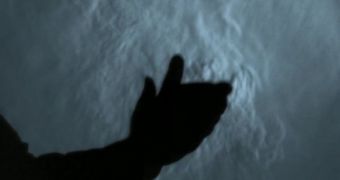Using high-speed cameras and a photography trick called Schlieren Flow Visualization (SFV), New Mexico Tech professor of mechanical engineering Michael Hargather was recently able to create a video that depicts what invisible sound waves look like. The video shows what several common and uncommon phenomena and actions sound and look like for the first time ever.
SFV works by using a refractive index gradient to deflect light. A viewing screen is used to compare the deflected light with the original, undeflected light, and the shadows obtained in this manner are then interpreted. This technique has been previously used to image heat coming off objects such as hair dryers, but it has now been repurposed by Hargather for observing sound waves as well, NPR reports.
It is important to remember that sound is a change in air density or a compression wave traveling forward at a speed of up to 1,225 kilometers (761.2 miles) per hour. SFV can detect how these waves travel through air of different densities, just like it can detect light doing the same. However, a high-definition camera is need due to the extreme speed of the compression waves.
In the video below, you can see what dropping a book sounds like. Other everyday sounds, such as those produced by clapping or snapping a towel, are also revealed, as are more uncommon ones, including firing weapons, detonating car bombs, and exploding firecrackers. Personally, I look forward to seeing more videos of sounds produced with this type of setup.

 14 DAY TRIAL //
14 DAY TRIAL // 